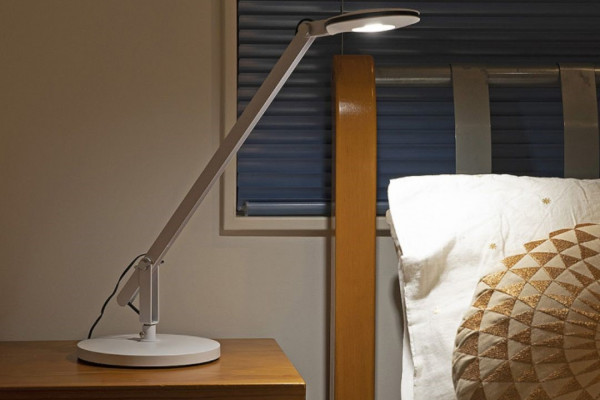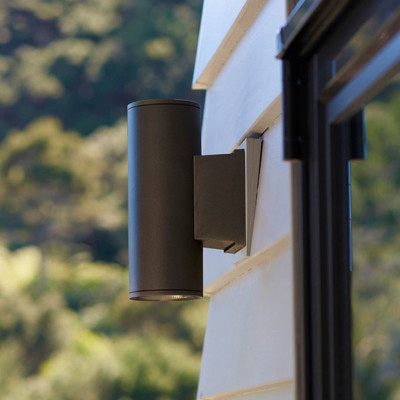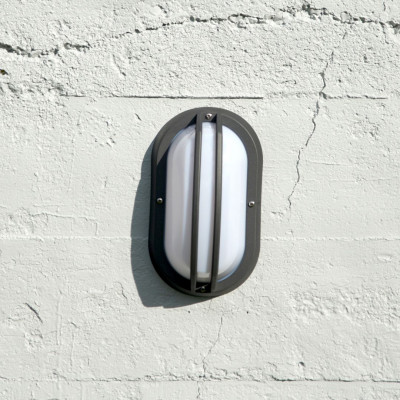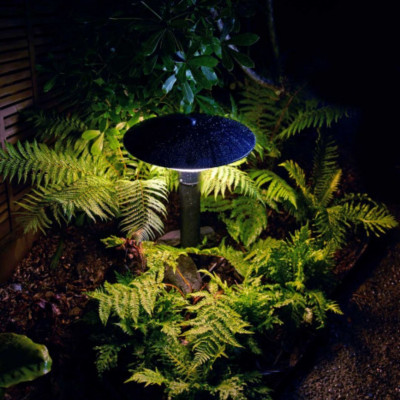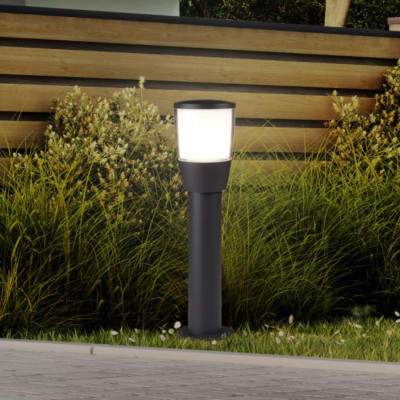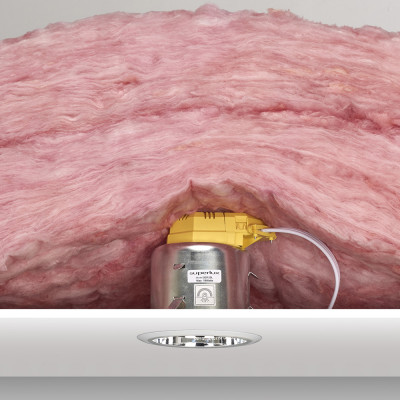INFO CENTRE
Welcome to the Gartner Superlux Information Centre. A central hub for you to find important information on all things lighting. From basic terminology, to lighting standards, how to guides, advice, blog articles and more.
LIGHTING RESOURCES
Find short articles explaining the definitions of lighting concepts, the different purposes of lighting, specialised systems and more.
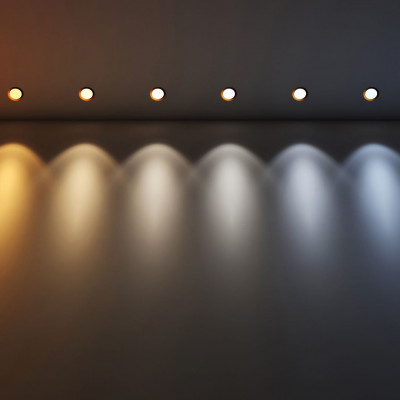
Colour Temperature Guide
Read More

Outdoor Lights Materials and Finishes
Read More
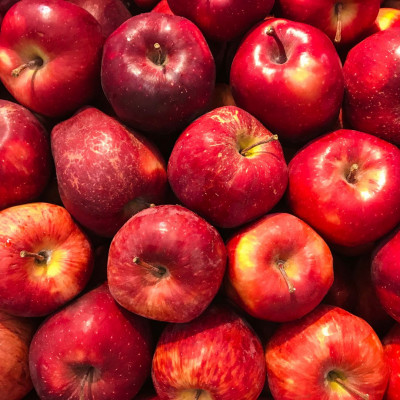
CRI: Colour Rendering Index
Read More

Control Gear Information & Troubleshooting
Read More

Advantages of the Superlux LL and LLED Garden Lighting Systems
Read More
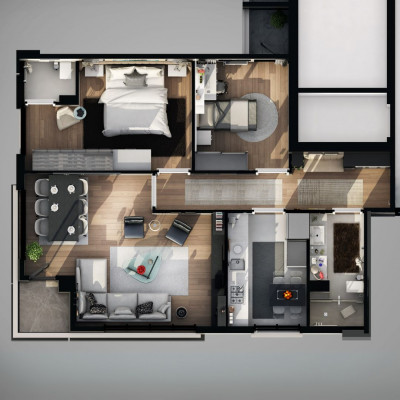
Lighting for Different Areas
Read More

Energy Efficient Lighting
Read More
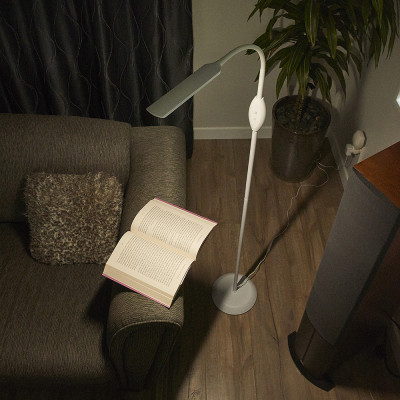
The Different Purposes of Lighting
Read More
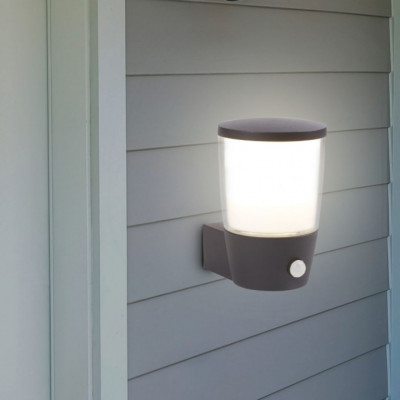
How Do Sensor Lights Work?
Read More
LIGHTING GUIDES
Discover handy 'how to' resources, troubleshooting resources and helpful guides to selecting the right light sources...
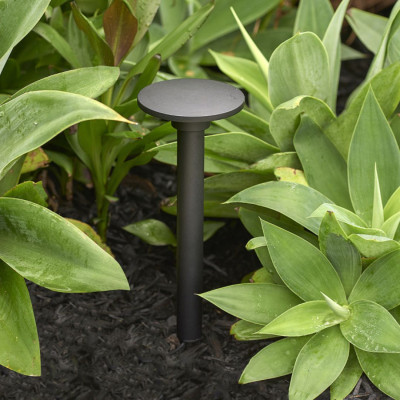
12 Volt Garden Light Resource
Read More

A Guide to Installing Lights
Read More
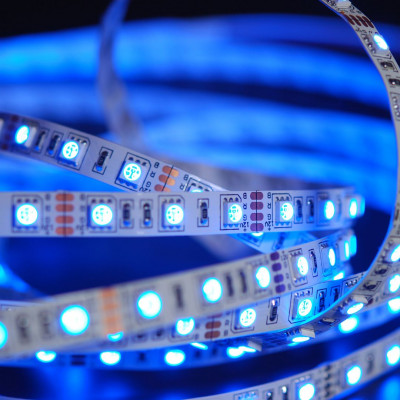
12 Volt DC Supply LED Strip & Module Planning
Read More
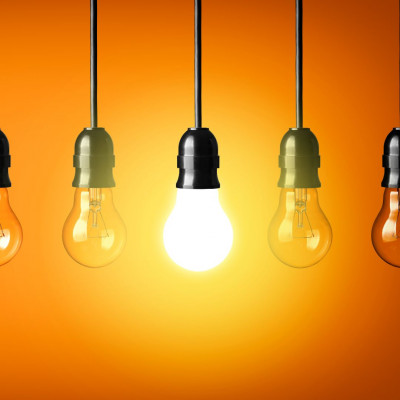
LUX: What Is It & How Much Do I Need?
Read More
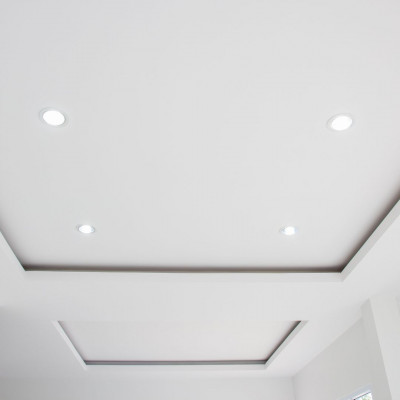
Uniform Downlight Spacing Formula
Read More

Lumens: What Are They & How Much Do I Need?
Read More
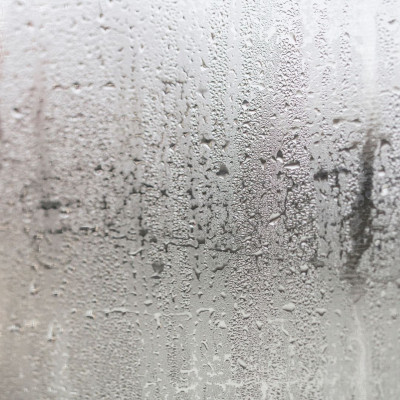
Moisture Build Up In My Light Fixture
Read More
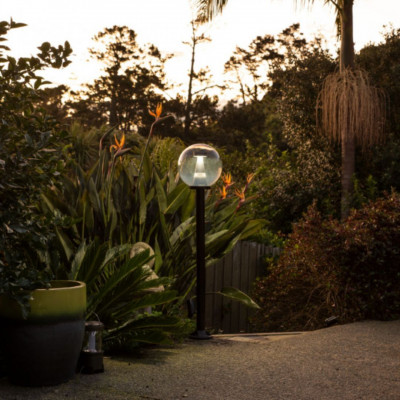
Globes With 60mmØ Fitter Included
Read More
LIGHTING BLOG
Read up on our latest informative blog posts. From lowering your costs, tips on energy saving and upgrading already installed post lighting...
LIGHTING TERMINOLOGY, STANDARDS & DECLARATIONS
Find useful guides on everyday lighting terminology and standards. From Downlight classifications to IP rating charts and more...
